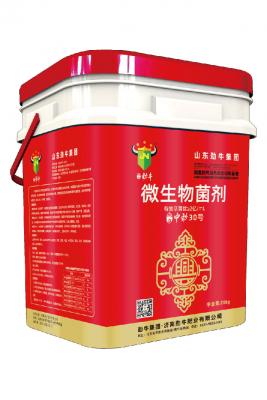What matters need to be paid attention to before and after using microbial fertilizers
Microbial bacterial fertilizer contains a large number of beneficial microorganisms, which can decompose organic residues, form soil humus, improve soil structure and physicochemical properties, and convert substances that plants cannot absorb into effective nutrients for plants to absorb and utilize. After fertilizer enters the soil, microorganisms multiply with the help of organic matter, inorganic nutrients, water and temperature, reducing the living space of harmful microbial communities. Biological bacteria can induce plants' peroxidase, polyphenol oxidase, dextranase, and other participating plants' defense responses to harmful microorganisms. The application of compound microbial fertilizer, crop growth is strong, enhance crop disease resistance, thereby increasing the number of beneficial microbial bacteria in the soil, microbial bacteria produce a large amount of organic acids can partially dissolve the phosphorus and potassium elements deposited in the soil for crop reabsorption and utilization, and the soil will become more and more loose and fertile after long-term use.

The use, transportation, storage and soil environment of microbial fertilizers directly affect the use of microbial fertilizers. Therefore, in an inappropriate environment, the activity of beneficial microorganisms is reduced.
Specific suitable environment and transportation or storage precautions:
Note 1 item 1. Light: Microorganisms avoid exposure to the sun (as they grow in the soil).
Note 2. Temperature: When storing, the temperature should not be too high or too low, and it should not be high or low.
Note 3. Soil: Suitable for dry and moist soil moisture Z. Apply bacterial fertilizer according to soil conditions. Attention should also be paid to the pH of the soil. Some microbial bacteria in microbial fertilizers, such as rhizophs and nitrogen-fixing bacteria, can be neutral and slightly alkaline. Microbial fertilizers have the ability to degrade and transform toxic substances in the soil. This bioremediation is a cost-effective of the various measures for soil remediation.



